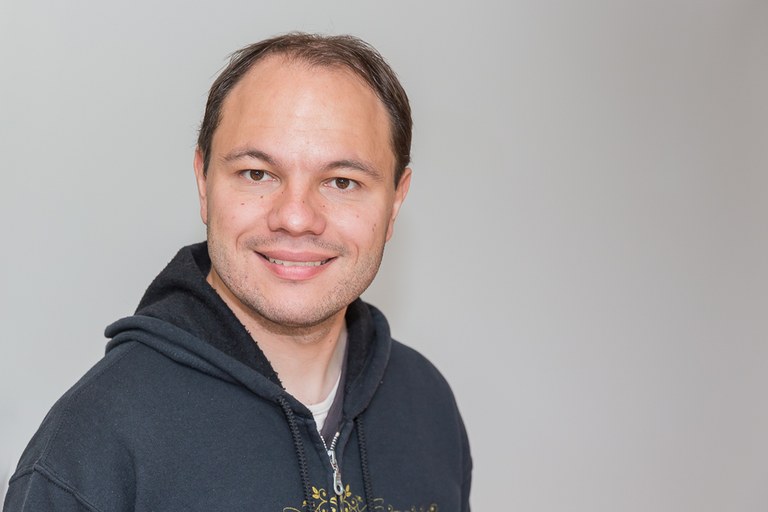Marc Aßmann - Technische Universität Dortmund
Semiconductors (HL), Quantum Optics and Photonics (Q)
|
 |
Research Agenda: Both quantum optics and semiconductor physics are mature research fields with an impressive track record of fascinating phenomena which pave the way towards applications in quantum technologies. However, merging both has proven to be surprisingly difficult. For example, the typical relevant timescales encountered in semiconductors are drastically different to those arising in cold atom quantum optics. My group develops spectroscopy techniques aiming to bridge this gap and applies them to several especially prospective semiconductor systems. This includes polariton condensates, where tailored excitation using spatially structured light renders it possible to imprint functional optical potential landscapes, but also novel systems such as Rydberg excitons in Cuprous Oxide, where individual excitons may reach a spatial extension in the micrometer range. For the latter, their huge extension results in strong sensitivity to external influences, which renders them ideal for precision sensing.
Short Bio: In 2010 I finished my PhD at TU Dortmund on photon statistics of semiconductor light sources. I continued to work at TU Dortmund as a Postdoc, working on the tailored excitation of polariton condensates. Afterwards, I received a Feodor Lynen fellowship of the Humboldt foundation in 2012. For the fellowship, I moved to JILA at Boulder, Colorado for one year in order to work on multiport homodyne detection and to have an office next to a Nobel laureate at least once. In 2014, I returned to Dortmund as a postdoc, where I applied homodyne detection to polariton condensates and started to work on Rydberg excitons. In 2017 I started a Junior-professorship on quantum optical spectroscopy of semiconductors at TU Dortmund, which was evaluated potitively in 2019. In 2020 I left the Junior-professorship in order to become the deputy head of Experimentelle Physik 2 at TU Dortmund until 2028.